Discover 8 hidden attractions, cool sights, and unusual things to do in Tywyn (United Kingdom). Don't miss out on these must-see attractions: Castell y Bere, Narrow Gauge Railway Museum, and Talyllyn Railway. Also, be sure to include St Cadfan's Church in your itinerary.
Below, you can find the list of the most amazing places you should visit in Tywyn (Wales).
Table of Contents
Castell y Bere

Tourist attraction in Llanfihangel-y-Pennant, Wales. Castell y Bere is a Welsh castle near Llanfihangel-y-pennant in Gwynedd, Wales. Constructed by Llywelyn the Great in the 1220s, the stone castle was intended to maintain his authority over the local people and to defend the south-west part of the princedom of Gwynedd. In 1282, war with Edward I of England resulted in the death of Llywelyn's grandson, Llywelyn ap Gruffudd, and Castell y Bere fell to English forces. Edward I expanded the castle further and established a small town beside it. In 1294 the Welsh leader Madog ap Llywelyn mounted a major revolt and the castle was besieged and apparently burnt. Edward did not repair it and it became ruined. Today it is in the hands of Cadw and operated as a tourist attraction.[1]
Address: Llanfihangel y Pennant, SH 669086 Abergynolwyn
Narrow Gauge Railway Museum

Museum in Tywyn, Wales. The Narrow Gauge Railway Museum is a purpose-built museum dedicated to narrow-gauge railways situated at the Tywyn Wharf station of the Talyllyn Railway in Tywyn, Gwynedd, Wales.
The museum has a collection of more than 1,000 items from over eighty narrow-gauge railways in Wales, England, the Isle of Man, Ireland and Scotland. This includes six locomotives on display (and several others in store or at other sites); eleven wagons inside with a further eleven outside; a display showing the development of track work from early plateways to modern narrow-gauge tracks; several large signals along with single line working apparatus and documents; a growing collection of tickets and other documents, posters, notices, crockery and souvenirs; relics from vehicles scrapped long ago and the Awdry Study, re-created with the original furniture and fittings in memory of the Rev. Wilbert Awdry, an early volunteer on the Talyllyn Railway best known for his series of railway books such as "Thomas the Tank Engine."[2]
Address: Wharf Station, Tywyn
Talyllyn Railway
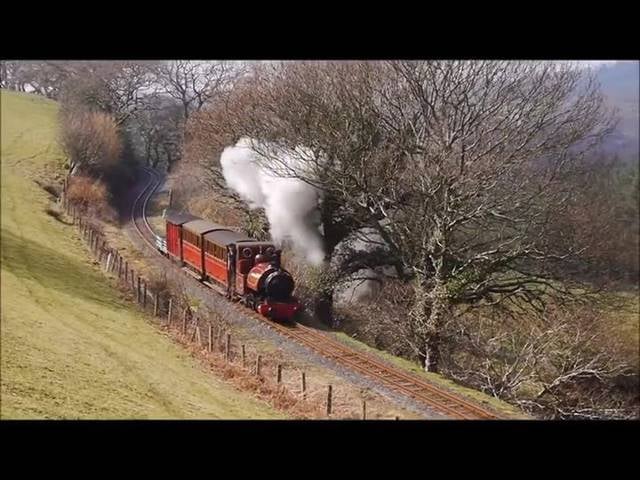
Scenic railroads, Tours, Museum
Address: Wharf Station Neptune Road, LL36 9EY Tywyn
St Cadfan's Church
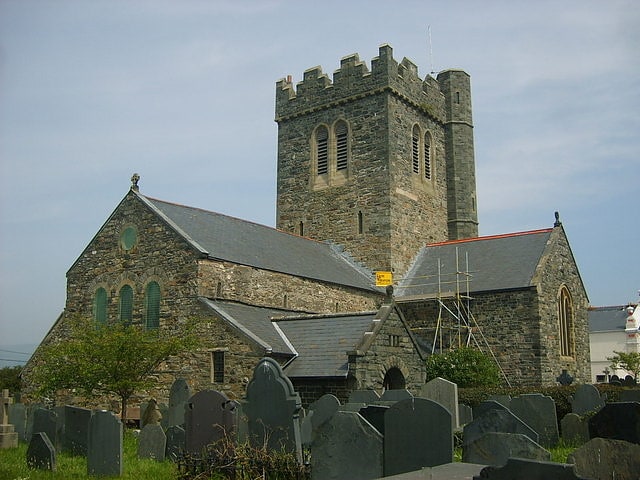
Anglican church in Tywyn, Wales. St Cadfan's Church is situated in Tywyn in the county of Gwynedd, formerly Merionethshire, Wales.
The church is noted for its Romanesque architecture and for housing the Cadfan Stone, a stone cross dating from ninth century or earlier which is inscribed with the oldest known written Welsh.
Brut y Tywysogion states that the church was sacked by Vikings in 963, and during the twelfth century it was the subject of a memorable poem by Llywelyn Fardd (I). The earliest parts of the building date to the twelfth century, and it originally had a central tower, although this fell down in 1693.
The church houses two fourteenth-century monuments. One of the effigies is of an unknown priest in full Eucharistic vestments. The other is a military figure thought to be Gruffudd ab Adda (d. c. 1350) of Dôl-goch and Ynysymaengwyn. The effigy is known as the 'Crying Knight' due to a flaw in the stone at his right eye which becomes damp during wet weather, giving the impression of weeping.
The vicarage, which was built in the early 19th century, still stands on National Street. It is now a private house called 'Tŷ Cadfan Sant'. National Street (formerly Duck Street) was named after the National School, later Towyn Church School, which was once located on the street.[3]
Address: Church Street, Tywyn, Tywyn
Cadfan Stone
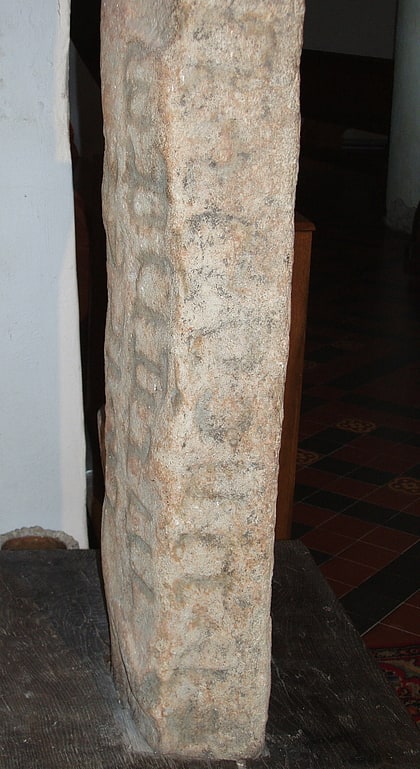
Inside St Cadfan's Church, Tywyn, Gwynedd is an inscribed stone cross called the Cadfan Stone. On it are the earliest known inscriptions in the Welsh language, specifically in Old Welsh.
Recent scholarship dates the inscriptions to the 9th century. They were previously considered to be older. Ifor Williams dated them to the 8th century, and a late 7th century or early 8th century date was suggested by Kenneth H. Jackson. A date between the 7th century and the 9th century is suggested by Coflein, the website of the Royal Commission on the Ancient and Historical Monuments of Wales.
Originally the stone stood over 2.3 metres tall, but it now measures 2.18m tall by 0.25m and 0.2m.
Below is the interpretation given in the most recent study of the stone (sides A, B, C and D) by Nancy Edwards.
A/D. Tengr(um)ui cimalted gu(reic) / Adgan anterunc du But Marciau'Tengrumui wedded wife of Adgan (lies) fairly near (or very near) to Bud (and) Marciau (or But Marciau).'
A. m(ortci)c ar tr(i)'The mortal remains of the three'
B/C. Cun ben Celen tricet nitanam'Cun woman (or wife of Celyn), a mortal wound remains.'
C. mort/cic pe/tuar'The mortal remains of four'
Despite its undoubted significance, the Cadfan Stone has been given relatively little attention from Welsh authors and poets. Exceptions include the poems 'Cofebion Tywyn' by Owain Owain and 'Y boen' by Myrddin ap Dafydd.[4]
Bala Fault
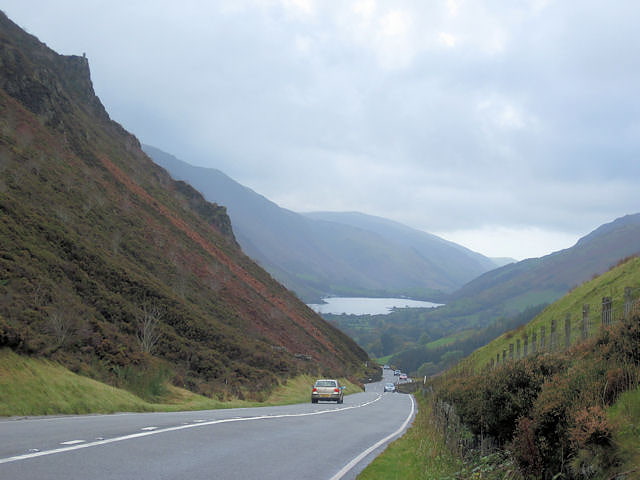
The Bala Fault is a SW-NE trending geological fault in Wales that extends offshore into Cardigan Bay. In the offshore area it is a major normal fault and forms the bounding structure to the Cardigan Bay Basin, with a fill including about 2,500 metres of Lias Group. Onshore it is responsible for the lineament which runs through Bala and south of Cadair Idris to the coast at Tywyn. At its northeastern end it links to the similarly orientated Llanelidan Fault.
The fault is believed to have had two separate stages of movement. The horizons between the upper Carboniferous sequence and the underlying Jurassic sequence are parallel, so little rotational movement occurred. The second stage of movement happened in the middle-to-late Jurassic period, when strong rotation happened, up to 24 degrees.[5]
Llanfendigaid Estate
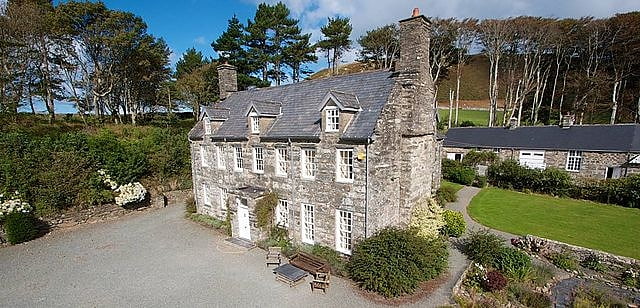
Housing. Llanfendigaid Estate, located on the Cardigan Bay coast of southern Gwynedd, near Tywyn in north Wales is a mid-Georgian house that has belonged to the same family for over 600 years. Llanfendigaid is listed Grade II* by Cadw which is only given to houses of exceptional historic interest. The estate once encompassed over 16,000 acres, is now reduced to 16 acres within the Snowdonia National Park.[6]
Neuadd Pendre Tywyn
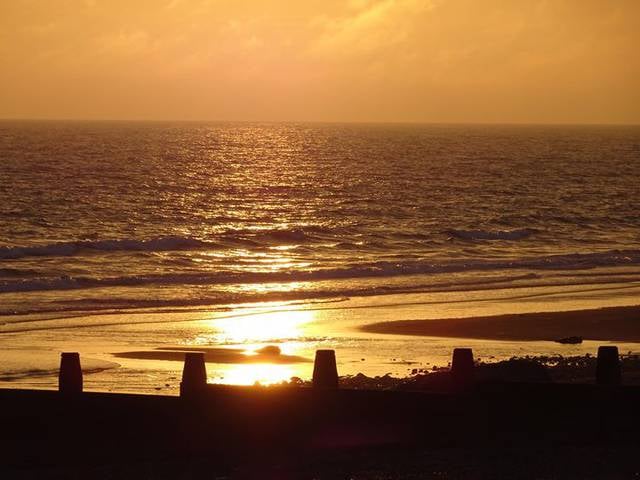
Address: Brook street, Tywyn